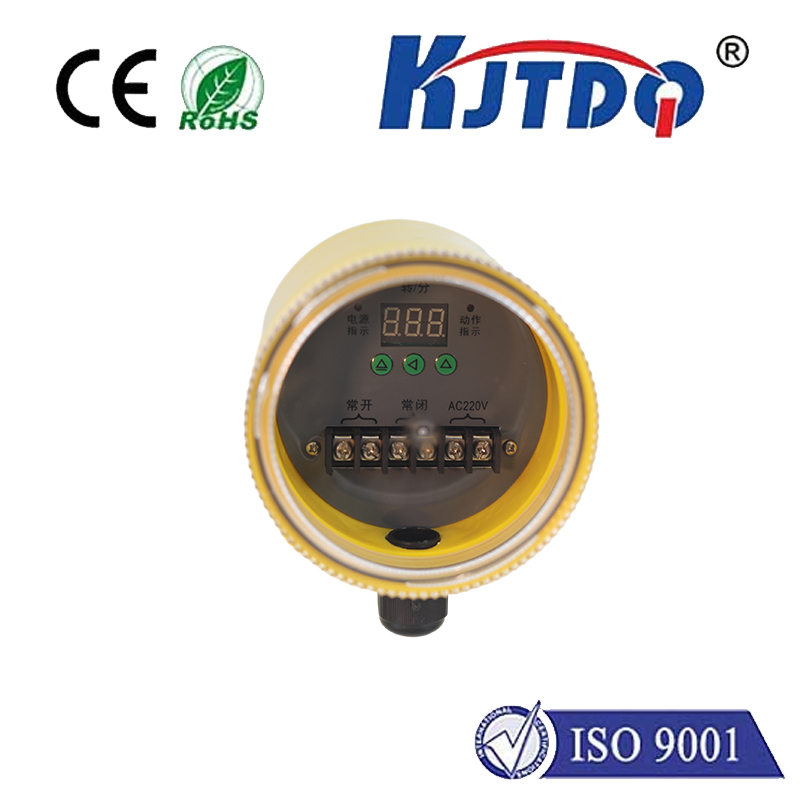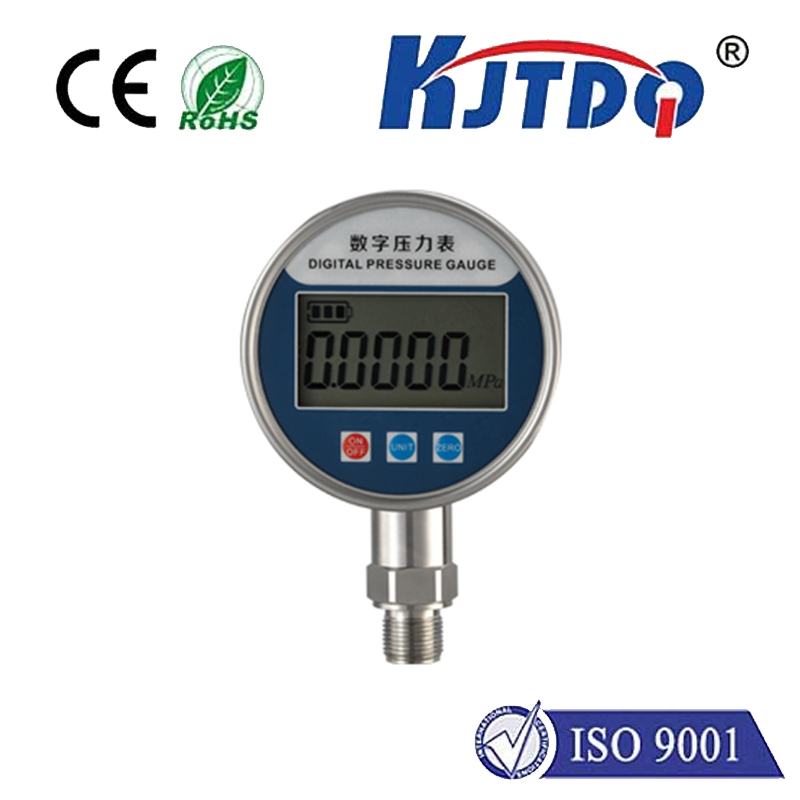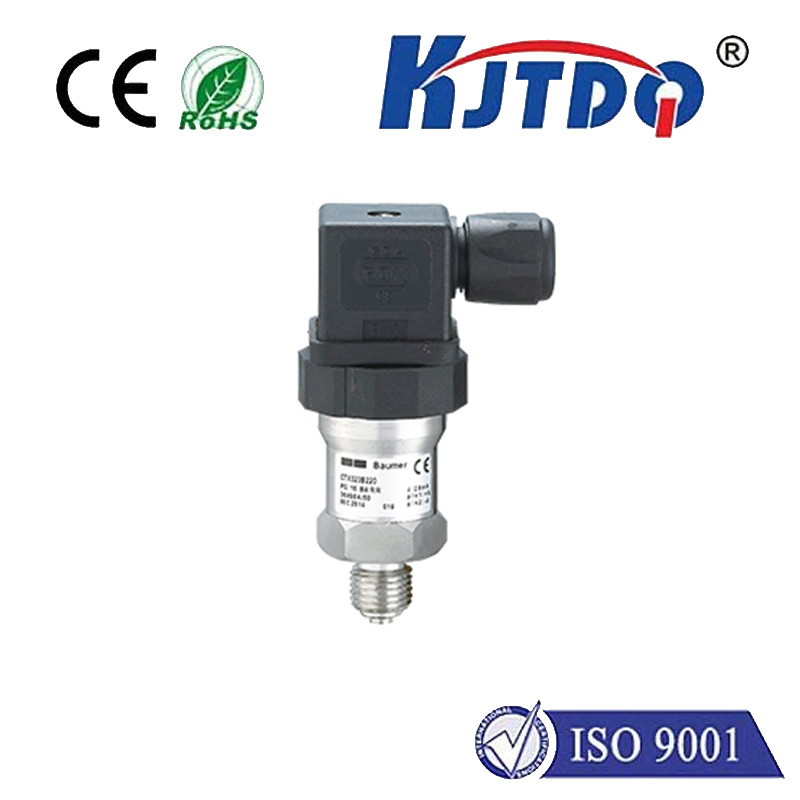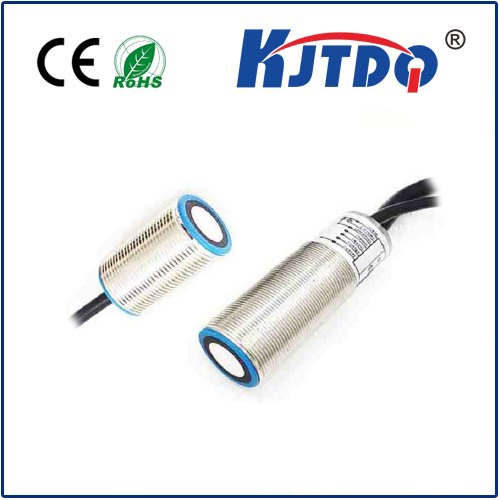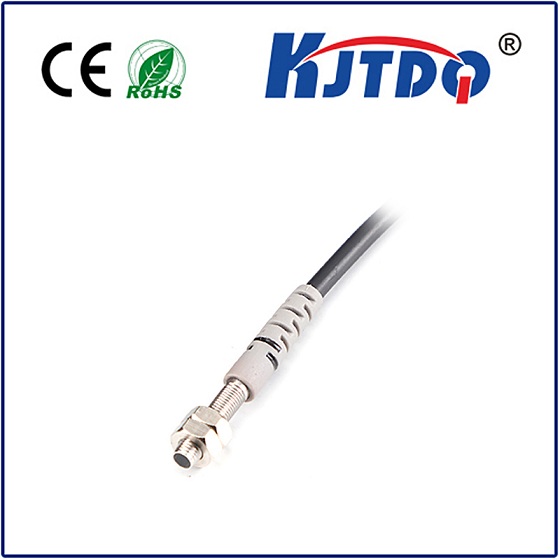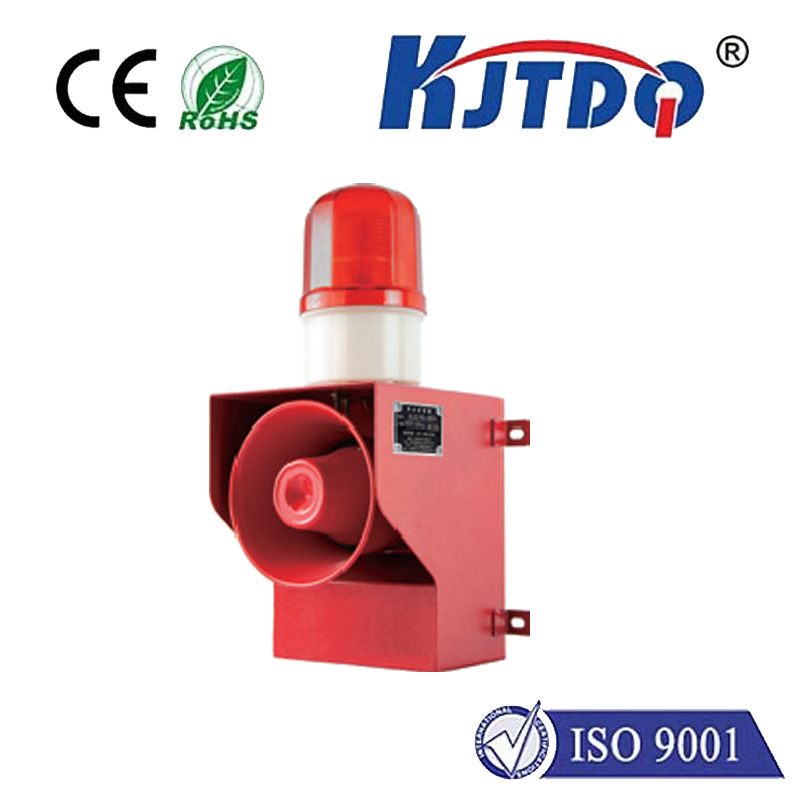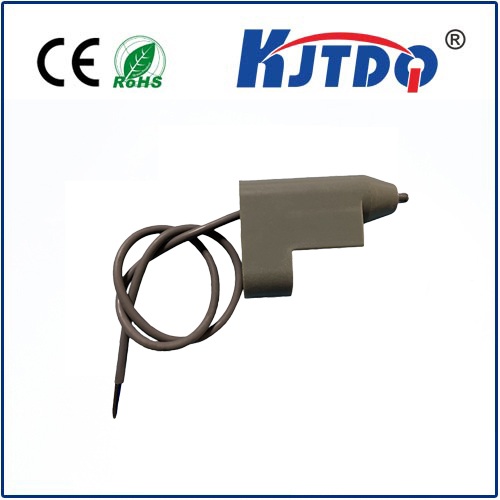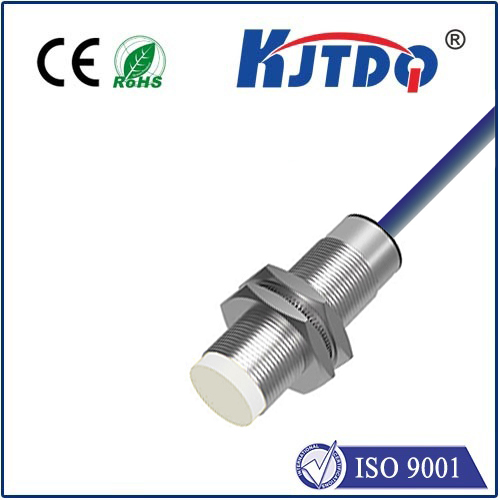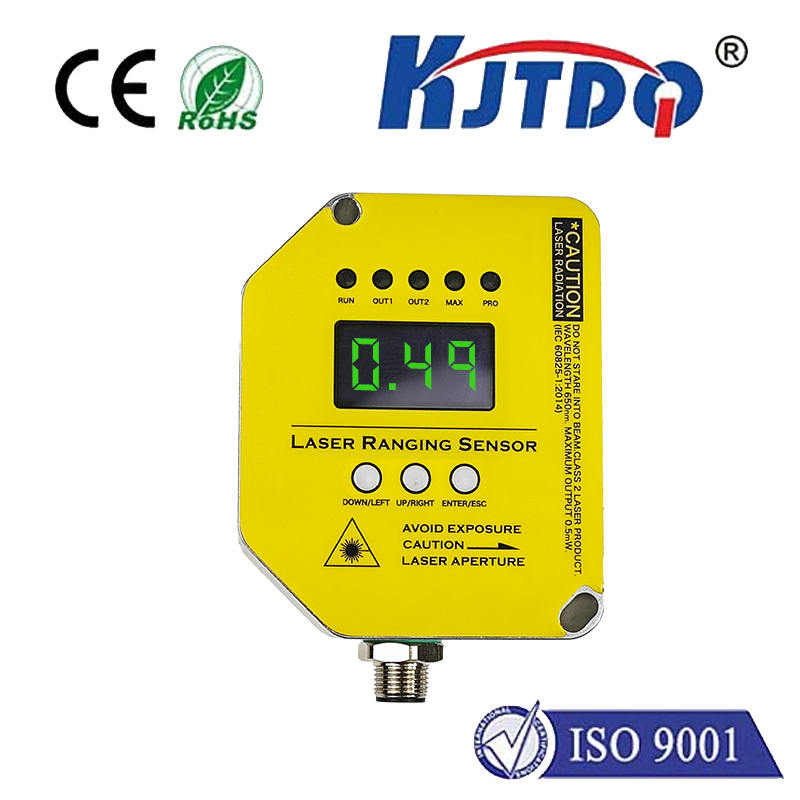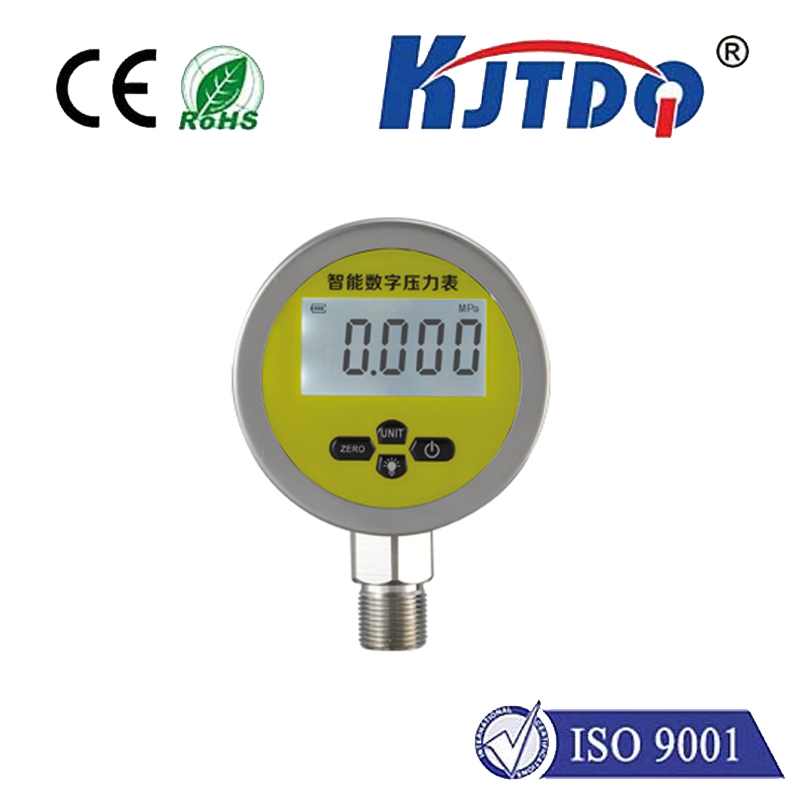
check

check

check

check

Title: Understanding the Efficiency of 2 Wire DC Proximity Sensors In the realm of industrial automation and sensing technology, 2 Wire DC Proximity Sensors have become quintessential devices, revered for their simplicity and high efficiency. These sensors play a critical role in a variety of applications, from object detection to distance measurement, ensuring seamless operation across numerous industries. In this article, we will delve into the specifics of 2 Wire DC Proximity Sensors, exploring their functionality, benefits, and practical applications. To begin with, it is essential to understand what a 2 Wire DC Proximity Sensor is. Unlike conventional sensors that require multiple wires for power and signal transmission, these proximity sensors operate on a straightforward two-wire system. They derive power through the same pair of wires used for output signaling, thereby simplifying the wiring process and reducing the complexity of installations. This design makes them particularly advantageous in environments where space is a premium or when dealing with large sensor networks that necessitate easy management and minimal clutter. The functionality of a 2 Wire DC Proximity Sensor hinges on its capability to detect the presence of metallic objects without making physical contact. It achieves this by emitting an electromagnetic field; when a metal object enters this field, it causes a disturbance that the sensor detects. Consequently, the sensor’s internal electronics process this information and provide an output signal, which can then be used to trigger an array of actions within the system it controls. The versatility of these sensors allows them to be used in counting objects, filling levels, and even security systems where intrusion detection is paramount. One of the standout benefits of using a 2 Wire DC Proximity Sensor is its energy efficiency. By using a single pair of wires for both power and signal transmission, the energy loss typically associated with more complex wiring setups is minimized. This characteristic not only contributes to cost savings in terms of reduced power consumption but also enhances the overall performance reliability of the sensor. Moreover, the absence of intricate wiring reduces potential points of failure, translating to improved sensor longevity and greater system uptime. Another notable advantage is the ease of installation and integration that 2 Wire DC Proximity Sensors offer. With a simpler design requiring fewer connections, they are quickly and easily installed, even by less experienced personnel. This aspect is particularly beneficial in large-scale operations or during rapid deployment scenarios where time is critical. Furthermore, their compatibility with various industrial protocols means that they can integrate seamlessly with existing systems, enhancing operational efficiency without necessitating extensive modification work. In practical applications, these sensors are utilized across diverse sectors such as automotive manufacturing, machinery monitoring, and robotics, among others. For instance, in a car assembly line, 2 Wire DC Proximity Sensors can ensure that components are correctly positioned before moving to the next stage, thus maintaining product quality and production flow. Likewise, in robotic systems, these sensors can detect obstacles, enabling robots to navigate around them effectively, thus preventing damage to both the machines and their surroundings. In conclusion, 2 Wire DC Proximity Sensors represent a significant advancement in sensing technology, offering streamlined operations through simplified design and enhanced efficiency. Their ability to perform reliably in extreme conditions and adaptability to various industrial applications make them an indispensable part of modern automation systems. As industries continue to evolve towards smarter and more integrated solutions, the role of 2 Wire DC Proximity Sensors is set to expand, cementing their status as fundamental components in the fabric of automated environments.
